Parenting is one of the most challenging jobs. But the fulfillment it brings is incomparable. There are so many stages, which go by amazingly fast. And at some point, it may feel frustrating. If you’re looking for new parenting tricks to get you through when it gets rough, mindfulness can be your best bet. Practicing it might help bring peace and calmness for parents and children. Read on to learn Why Teaching Mindfulness to Children is Crucial and for your life as well.
What Exactly Is Mindfulness?
This practice is about helping us to live in the moment. It helps bring feelings and thoughts that one is experiencing without judgment or overthinking. Mindfulness can take the form of meditation where one will use controlled breathing or imagery to tune their body with the mind. It can be employed through different methods to reduce Stress while helping you relax.
Mindfulness in kids helps them overlook negative, draining, or worrisome thoughts in the past or future. Doing so gives them the tools they need to connect with the things that are presently happening in their world. It empowers them to accept rather than fight their current thoughts and feelings. As such, they’re able to form healthy habits to cope with their emotions.
Mindfulness and Self Awareness, Are They the Same Thing?
They are similar to an extent. Each school of thought is a way for you to stay familiarized in the present. However, self-awareness, recognizes the world all around you. Meanwhile, mindfulness in an inside perception.
Parenting is one of the most challenging jobs. But the fulfillment it brings is incomparable. There are so many stages, which go by amazingly fast. And at some point, it may feel frustrating. If you’re looking for new parenting tricks to get you through when it gets rough, mindfulness can be your best bet. Practicing it might help bring peace and calmness for parents and children. Read on to learn Why Teaching Mindfulness to Children is Crucial and for your life as well.
What Exactly Is Mindfulness?
This practice is about helping us to live in the moment. It helps bring feelings and thoughts that one is experiencing without judgment or overthinking. Mindfulness can take the form of meditation where one will use controlled breathing or imagery to tune their body with the mind. It can be employed through different methods to reduce Stress while helping you relax.
Mindfulness in kids helps them overlook negative, draining, or worrisome thoughts in the past or future. Doing so gives them the tools they need to connect with the things that are presently happening in their world. It empowers them to accept rather than fight their current thoughts and feelings. As such, they’re able to form healthy habits to cope with their emotions.
Mindfulness and Self Awareness, Are They the Same Thing?
They are similar to an extent. Each school of thought is a way for you to stay familiarized in the present. However, self-awareness, recognizes the world all around you. Meanwhile, mindfulness in an inside perception.
Mindfulness Cognitive Behavioral Therapy, what is it?
MBCT or Mindfulness-based cognitive therapy integrates practices, strategies, and techniques associated with cognitive behavioral therapy with mindfulness to help children and adults better perceive and control their emotions and thoughts better to attain remedy from feelings of extreme stress and affliction.

Relieves Stress– it can help both kids and adults manage their Stress. It’s why cognitive therapy is used to enable individuals with anxiety to cope with stressful events. It can help shift one’s focus from worrying about the past or future happenings to concentrate on the things taking place at the moment. Additionally, it may help them to react better to challenging situations by redirecting and retaining their mind’s automatic pilot.
Regulates Emotions– a study conducted on 25 children aged between 9-13 found out that mindfulness helped increased concentration, reduced anxiety symptoms, and regulated emotions.
Increases Focus– kids need the executive function, both at school and in their daily lifestyle. It helps them focus on tasks, follow directions, and handle their emotions. A study conducted in 2020 among school-going children engaged in mindfulness two times a week for eight weeks noted improvements, especially among kids who struggled with executive function. Their behavior was improved, and they had a better understanding of their thoughts.
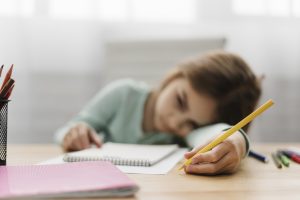
Mindfulness for Kids with Different Learning and Thinking Levels
Research claims that mindfulness for kids can improve their behavior and focus. It’s why some institutions have incorporated this practice in their class timetables.
While it helps improve attention and attitudes among kids, it’s even more beneficial for children with different thinking and learning levels, especially those who are impulsive or anxious. If your child is struggling in school, he/she may have a negative experience, which can lead to negative thinking. Such experiences can make them feel defeated and demotivated. It’s why parents should recognize this experience very fast to help them stay positive and focused.
How to Practice Mindfulness
For most people, this practice doesn’t come naturally. Therefore, it must be learned. Fortunately, there are many books and online resources focusing on mindfulness for kids and adults to learn this art. You can also check for classes within your location. Additionally, you can use meditation and mindfulness apps for kids. Some examples are these for kids are:
Breathing exercises for anxiety are integral in mindfulness. Experts advise you to concentrate on each breathe, both in and out. Your kids’ concentration level should be high enough for them to notice when their minds start to wander off. Then, the instructor can gently bring back their thoughts to the sensations of their breath. A stuffed animal can be given to younger kids to place on their stomachs. As they breathe in and out, the animal will rise and fall, making it concrete to focus on breathing.
However, mindfulness classes are not a must for your kids. Parents can try practicing at home too. But bear in mind that focusing on one’s breathing is not as easy as it sounds. And it’s even harder for children struggling with attention. Thankfully, there are several ways you can practice mindfulness for kids other than breathing. For instance, you can tell your kids to focus on how their body feels or how the connection between their feet and the floor and their seats to the chairs. You can also practice this exercise while moving to make it more fun. Other ways to practice mindfulness at home include:
- Educate them on which times they can practice mindfulness. For instance, when anxious or overwhelmed with emotions. When your kids seem eager, tell them to stop doing what they’re doing for a while and determine what they are feeling and why.
- Buy books for your kids that help them understand what focusing on the present means and how to concentrate on breathing. When buying these books, ensure that they’re age-appropriate for your child.
Also, note that mindfulness for kids has long term benefits. When they learn to determine when their thoughts are drifting and bring their attention to their breathing, it helps build focus. This makes self-control before reacting to their thoughts or feelings. Additionally, it can help your children to be aware of themselves and build self-esteem.
Kids need various strategies for handling emotions. That way, they’re better off at tackling challenges they meet in their day-to-day lives.
Practicing Mindfulness with Toddlers and Pre-schoolers
Mediation with a three-year-old can be quite challenging. That’s because they’re still gaining independence and determining limits in their lives. Therefore, it’ll be tough for both the parents and kids to meditate. But, it’s not impossible. Mindfulness for kids this age should focus on the kid’s senses and get them to recognize their feelings before reacting negatively. Some techniques include.
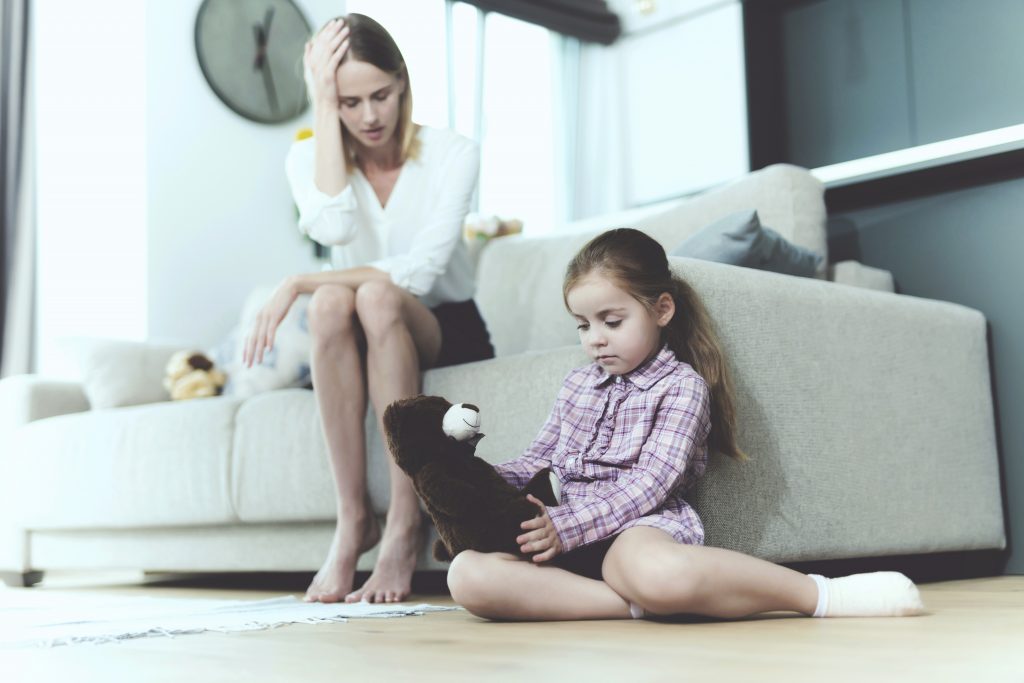
Model mindfulness– practicing it can help your children develop an interest in it. Note that kids learn from their environments, especially their caregivers. Modeling awareness and non-judgment can impact their behavior and attitude.
Provide language– toddlers do not know how to express their emotions. But parents can give them a speech to help them express their feelings in a manner that they can understand. As a result, your child will focus and honor their emotions internally. With time, they’ll be able to share their feelings and develop skills that help them recognize and cope with them.
Concentrate on the senses– young children don’t understand the brain activities and their relations to mindfulness. But, it can be a learning process for them. It’s why parents should focus on senses rather than introducing mindfulness like an abstract concept. To your toddler, listening to ocean waves as they crash against the shoreline might not be soothing. But, eventually, they’ll connect the dots. When you focus on the surroundings, it helps bring their focus to the present things.
Create awareness of the body and mind– asking a child how they feel might not be a good idea as they might not know what to say. Instead, parents can teach them to check their bodies and minds by doing some “body scan” where they pay attention to each area, noticing the feelings and sensations. For instance, if they feel tense in their shoulders or anxious in their tummy, talk about these areas and relax through deep breathing methods.
Mindfulness with Elementary School Kids
These kids deal with various challenges at home and school that test their focus, emotions, and ability to remain calm. Because they can express themselves, they can practice mindfulness techniques better. They can question their thoughts and determine when to rest. Some methods to use include:
Mindful eating- kids can see food, eat and feel its texture on their tongues. This technique can build stamina for focus and stillness among children.
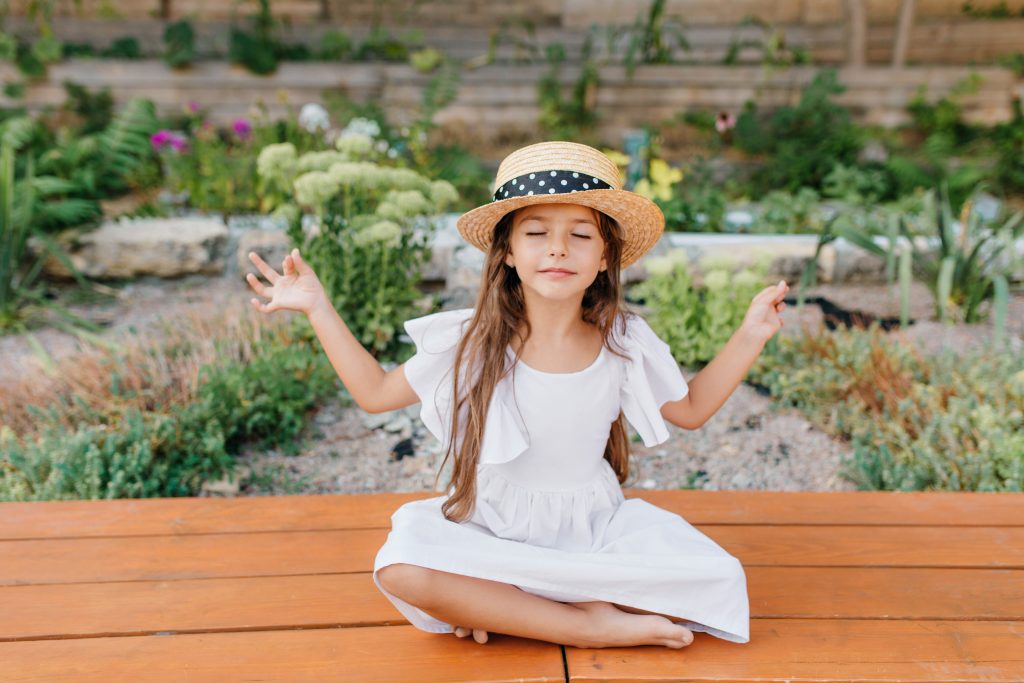
Yoga–yoga helps connect the body movements to the breath, which may help your child to be aware of what’s happening at the present moment. Parents can even incorporate other relaxation aspects like meditation and deep breathing. But, ensure that they do it in a safe, calming space free from distraction.
Practicing stillness– kids may find it challenging to be still for an extended period. But with time, they’ll adapt to this practice. You can start with 2 minutes and gradually increase up to 30 minutes. It’s also important to keep track of your child’s progress as it helps them feel a sense of accomplishment.
Guided imagery– traditional meditation may not be effective with older kids. In such cases, guided imagery can help them focus on their thoughts and breath excitingly. With kids that have trouble with long exercises, start with short periods, then build them over time as your children adapt to this practice.
Mindfulness in the Classroom
Mindfulness can help students bring both social and emotional improvements. Research says that doing this practice can help students attain higher grades than those who don’t. Mindfulness helps them focus on their self-esteem, self-awareness, social skills focus, and ability to control their emotions. It can also help improve their sleep; as such, they’re prepared for school the next day.
Additionally, it can help minimize disruptive or unhealthy behavior. For instance, since mindfulness helps reduce stress levels and lowers the anxiety and depression rate, it allows one to manage their emotions and make better decisions. Plus, it gives students an improved mood and better sleep; hence they’ll not feel sleepy at school. Again, studies say that there’s less bullying in schools that implement mindfulness. Some of the benefits mindfulness in elementary school can:
- Improve academic performance.
- Boost focus
- Increase social skills.
- Helps with regulation one’s emotions.
- Improves self-esteem, sleep habits, and compassion.
- Reduces stress level.
- Prevents fatigue.
- Promotes mental wellness.
- Reduces bullying.
Mindfulness can also be helpful in students with disabilities. It helps kids with learning disabilities like Attention Deficit Hyperactivity Disorder (ADHD) achieve better scores while reducing emotional disruption instances. It can also help kids with special needs develop social and emotional skills to connect with their peers.
Mindfulness Techniques for Teenagers
Many of the techniques we’ve reviewed above will still work for these young adults. However, they may be skeptical or resistant to try them if they’re not presented well. Remember to create a suitable space and play it cool other than forcing it. Also, model this practice and combine various strategies.
Examples of mindfulness exercises for anxiety that Teenagers can do are:
- Create an intention and follow through.
- Practice a form of mediation, if new to it, seek guided meditation
- Color, Do a Crossword puzzle or color.
- Take a scenic hike or just Go for a walk.
- Take one thing at a time and focus just on that one thing.
- Journaling
- Breath Counting
- Anchoring
Five Amazing Products to help with Mindfulness.
1. Ancient Clay Hydrating Bath Bombs
Ancient Clay Hydrating Bath Bombs offer relief for your mind and body. Beyond releasing a blissful aroma, our bergamot and rose oil blend provides proven therapeutic benefits, including mood elevation, pain relief and revitalization.
2. Ancient Clay Rosemary Lavender Soap
It contains Rosemary and Lavender oil to help refresh and calm you. Rosemary helps heal bruises and wounds, while Lavender promotes relaxation and overall well-being. Other ingredients include shea butter with many vitamins and fatty acids to keep your skin nourished and moisturized over 57 trace minerals that encourage the renewal of cells in your skin, and coconut oil, which eliminates dirt dead skin cells. It also contains anti-inflammatory properties that prevent swelling, irritation, and redness.
3. Ancient Clay Lemongrass Soap
Opening and unclogging skin pores is also a relaxation technique. Apart from doing that, this soap also helps balance oily skin. Some of the ingredients included are ionic minerals that stimulate cell renewal, shea butter for nourishing and moisturizing the skin, coconut oil for removing dead cells and preventing swelling, redness, and skin irritation. It also contains oatmeal, which relieves skin itching; this is useful especially for those suffering from eczema, chickenpox, and dry skin. Additionally, it is equipped with sage oil that helps prevent the occurrence of bacterial infections.

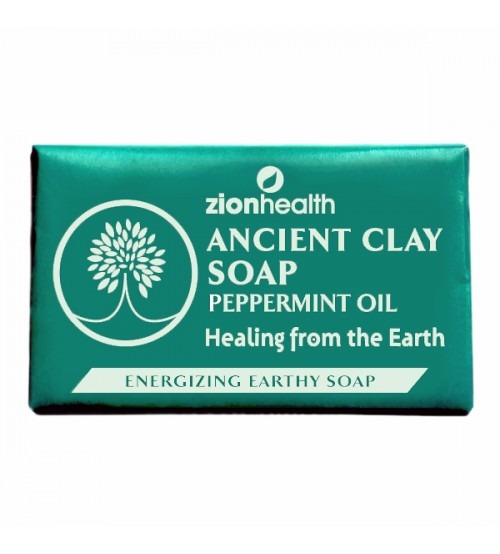
4. Ancient Clay Natural Peppermint Oil
If you want to awaken your skin naturally, this peppermint oil is a must-have. It contains ionic minerals, shea butter, and oatmeal, which we’ve already mentioned their uses above. It also has orange oil for improving blood circulation and unclogging pores. The peppermint in this oil gives it antibacterial properties that help relieve irritations.
5. Ancient Clay Sandalwood Soap
For those who want a sense of calmness, this essential soap with the unique scent of Sandalwood will give them that. Like all other products we’ve reviewed above, the soap contains shea butter, coconut oil, oatmeal, and ionic clay minerals. It is also equipped with cocoa butter that has fatty acids that hydrate and nourish the skin. Sandalwood is known for its antiseptic properties and helps offer long-lasting protection to the skin.
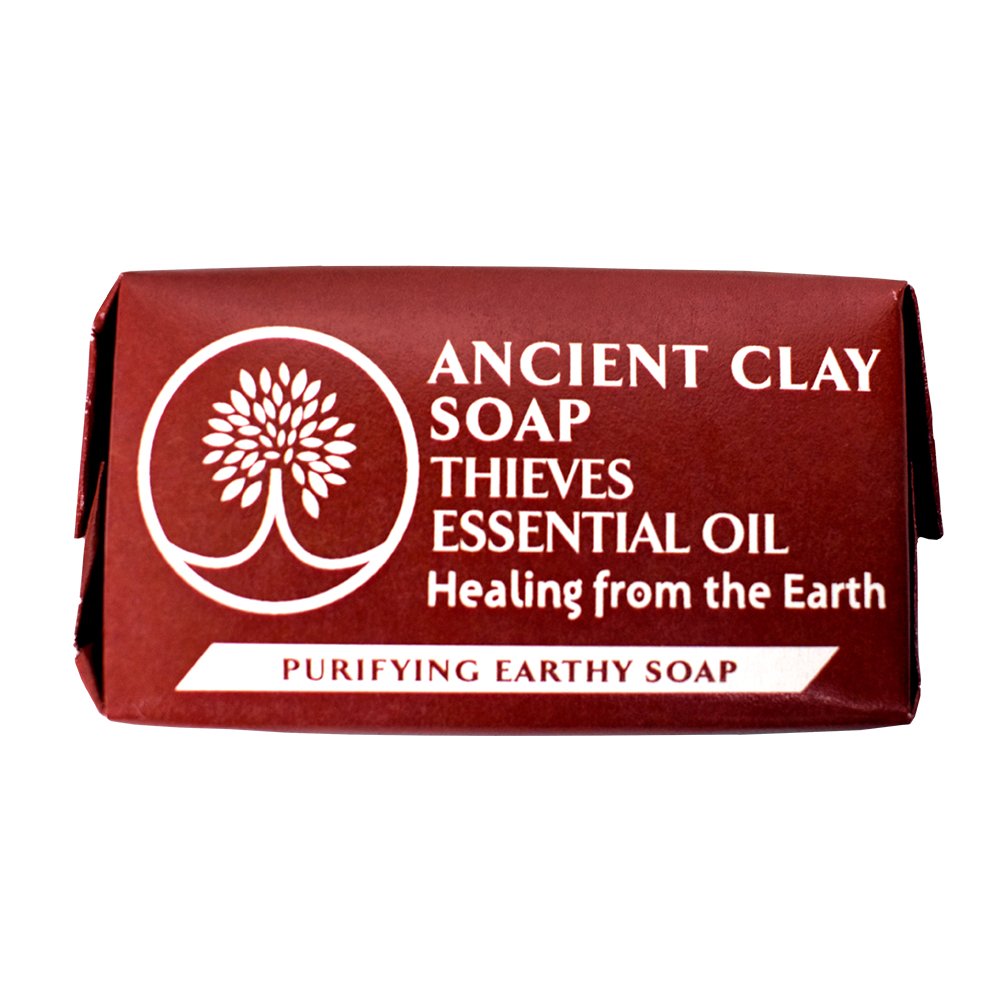
The Takeaway
Research done about teaching mindfulness to kids indicates that this practice is beneficial. While it can be taught at school, parents are also encouraged to model it in their kids at home. Incorporating mindfulness is influential in your child’s attitudes and behaviors even as they grow up. Plus, there are various techniques available. Therefore, if one strategy is not working, you can try something else. Note that people are different. What works for one person may not be useful to your kid. We also encourage you to be consistent and remain optimistic about this experience. Eventually, your child will connect with themselves and their surroundings, which will positively influence their lives.
Feel More at Ease and Relaxed with the Use of Zion Health Products.
Soaps produced by Zion health use the finest selection of essential oils, and your skin will harvest the benefits these oils have to offer. The selection of essential oils used in these soaps are effective skin stabilizing ingredients. You will retain healthy skin from your head down to your toe. Use Zion Health Products to have great skincare, and give you peace of mind, from the hustle and bustle of everyday life. Along with this and practicing mindfulness, you can live life calmer at a time when the world is in under chaos.
Your mind can also be ease know that all Zion health products are vegan, organic, contain no parabens, are made with all-natural ingredients and are cruelty-free.









